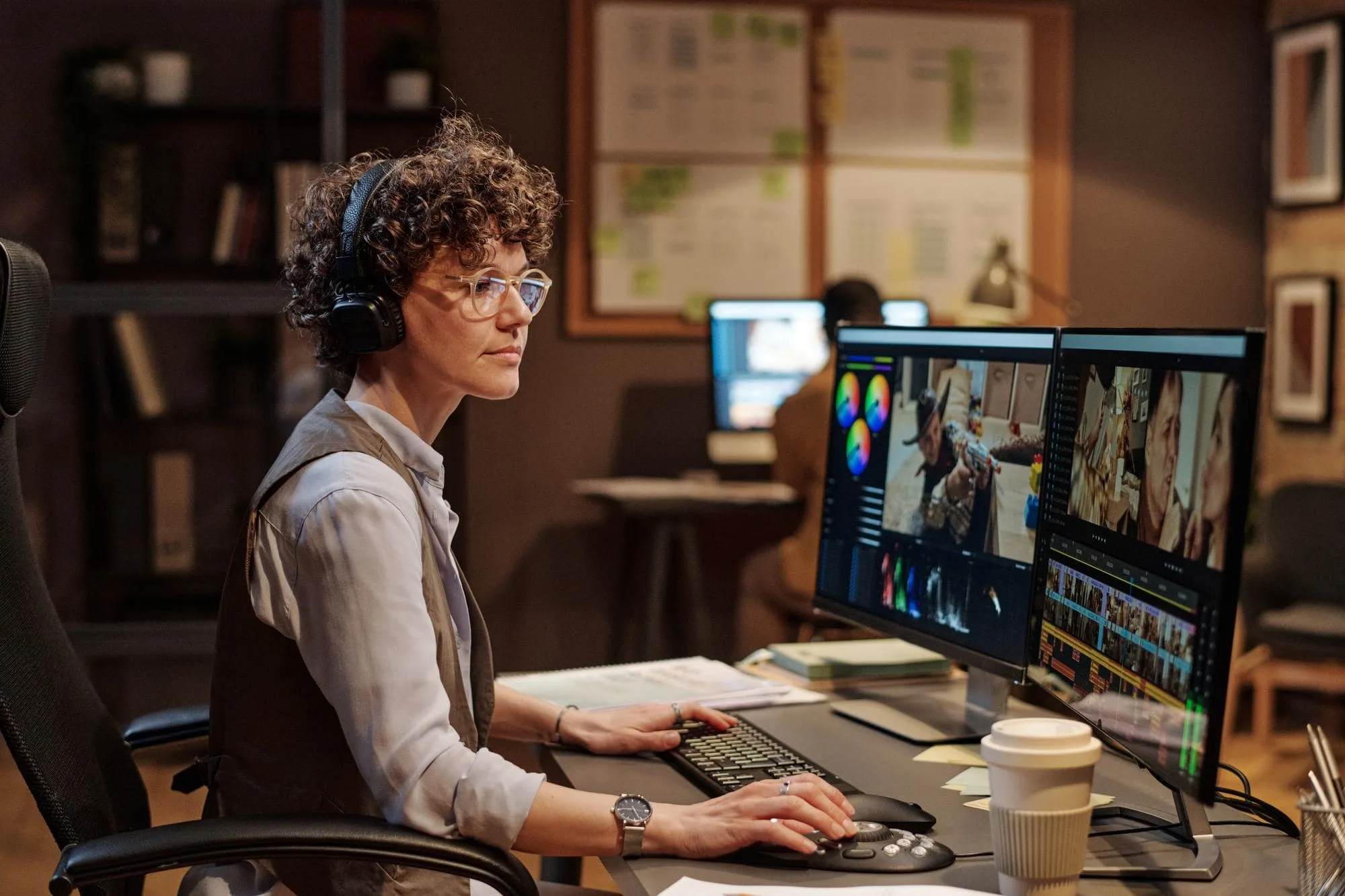
Ah, the assembly cut – the first rough draft of a film, often described as a chaotic collection of scenes that don’t quite flow together yet. It’s the version of the movie that’s usually a bit of a hot mess, with scenes running long, awkward transitions, and raw footage that hasn’t been polished. But don’t let this scare you—it’s all a vital part of the post-production process. Despite its initial disorder, the assembly cut is a crucial step in the filmmaking journey. So, what exactly is an assembly cut, and why is it so important?
An assembly cut is the roughest version of the film, cobbled together using all of the footage shot during production. Unlike the final cut, trimmed, polished, and cohesive, the assembly cut includes everything. This means every take, every angle, and every shot that was filmed, even those that didn’t quite land the way the director might have hoped. It’s a collection of raw materials, from the best performances to the mistakes and everything in between.
The assembly cut doesn’t concern pacing, sound design, or special effects. It’s about assembling — hence the name—all the elements to see what’s there. It’s the most literal interpretation of the film script brought to life without any editorial decisions.
You might ask yourself, “Why bother with an assembly cut? Wouldn’t it make more sense to just jump straight into creating the final cut?” That’s a valid question, but here’s the thing—the assembly cut serves as an essential blueprint for the editing process. It allows the editor, under the guidance of the director, to step back and take in the entire scope of the film, gaining a sense of the raw material they’re working with.
At this stage, the editor can start identifying what works and what doesn’t. Is that scene as powerful on film as it seemed on set? Does the pacing feel right, or are there awkward lulls? The assembly cut acts as a sandbox for experimentation, where editors and directors can play with different sequences and storytelling techniques, without the pressure of creating a perfect final product. It’s a learning process, a journey of discovery that every filmmaker goes through. It also helps in deciding which takes and camera angles should be used, what transitions make sense, and where the emotional peaks and valleys of the film should fall.
In many ways, the assembly cut is like a sculptor’s block of marble. The film is there but needs to be carefully carved out by removing the excess and chiseling down to the core story.
The assembly cut is rarely presentable to an audience. It’s usually much longer than the final cut, sometimes by hours. The pacing can feel disjointed, scenes might be out of place, and the absence of sound effects, color correction, and other post-production elements make it a jarring experience. It’s often referred to as a “skeleton“ of the movie, lacking the flesh that makes it feel alive.
You won’t find score, CGI, or visual enhancements in an assembly cut. Dialogue may not sync perfectly, and you might even hear stage directions or see placeholders for special effects that still need to be added. The magic is still missing, but that’s okay—the assembly cut isn’t about perfection.
The real beauty of the assembly cut is in its role as a decision-making tool. It’s not just a rough draft, but a powerful instrument that helps the filmmakers shape the story. It provides an opportunity to see the film, revealing what works and what doesn’t. Sometimes scenes that looked perfect on paper don’t work visually, and vice versa. Other times, it reveals that certain subplots or character arcs need more focus, or conversely, that some parts need to be cut entirely to streamline the narrative.
During this phase, some of the most critical storytelling decisions are made. Trimming down the assembly cut into a rough cut and eventually into a final cut allows filmmakers to craft the best version of their story. It also allows the editor to refine pacing, add rhythm to the narrative, and find the perfect emotional beats to keep the audience engaged.
During the assembly cut phase, filmmakers often face pivotal storytelling decisions that can significantly impact the film’s narrative, pacing, and emotional resonance. Here are some examples of critical storytelling decisions that are commonly made during this phase:
These decisions are fundamental to transforming raw footage into a well-crafted film that resonates with its audience. The assembly cut acts as a canvas for these critical decisions, guiding the filmmakers as they refine their project’s narrative, tone, and pacing.
So, there you have it—the assembly cut. It may not be pretty, and in many ways, it’s intentionally messy. But without it, the polished final product wouldn’t exist. It’s an essential phase of filmmaking, a rough draft that lays the groundwork for a beautifully refined final cut. Embrace the messiness, trust the process, and remember that the final version results from this careful, creative transformation. Like a sculptor honing a masterpiece from rough stone, the editor and director shape the raw footage into a work of art that audiences will ultimately love.

Of course, the assembly cut isn’t the final product. It’s usually quite long and rough around the edges, with no sound design or special effects. But it’s a crucial step in the post-production process, and without it, the final edit wouldn’t be possible.
So, there you have it – the assembly cut. It may not be pretty, but it’s an essential part of the filmmaking process. Embrace the messiness, and trust that with some careful editing, you’ll end up with a polished final product that you can be proud of.